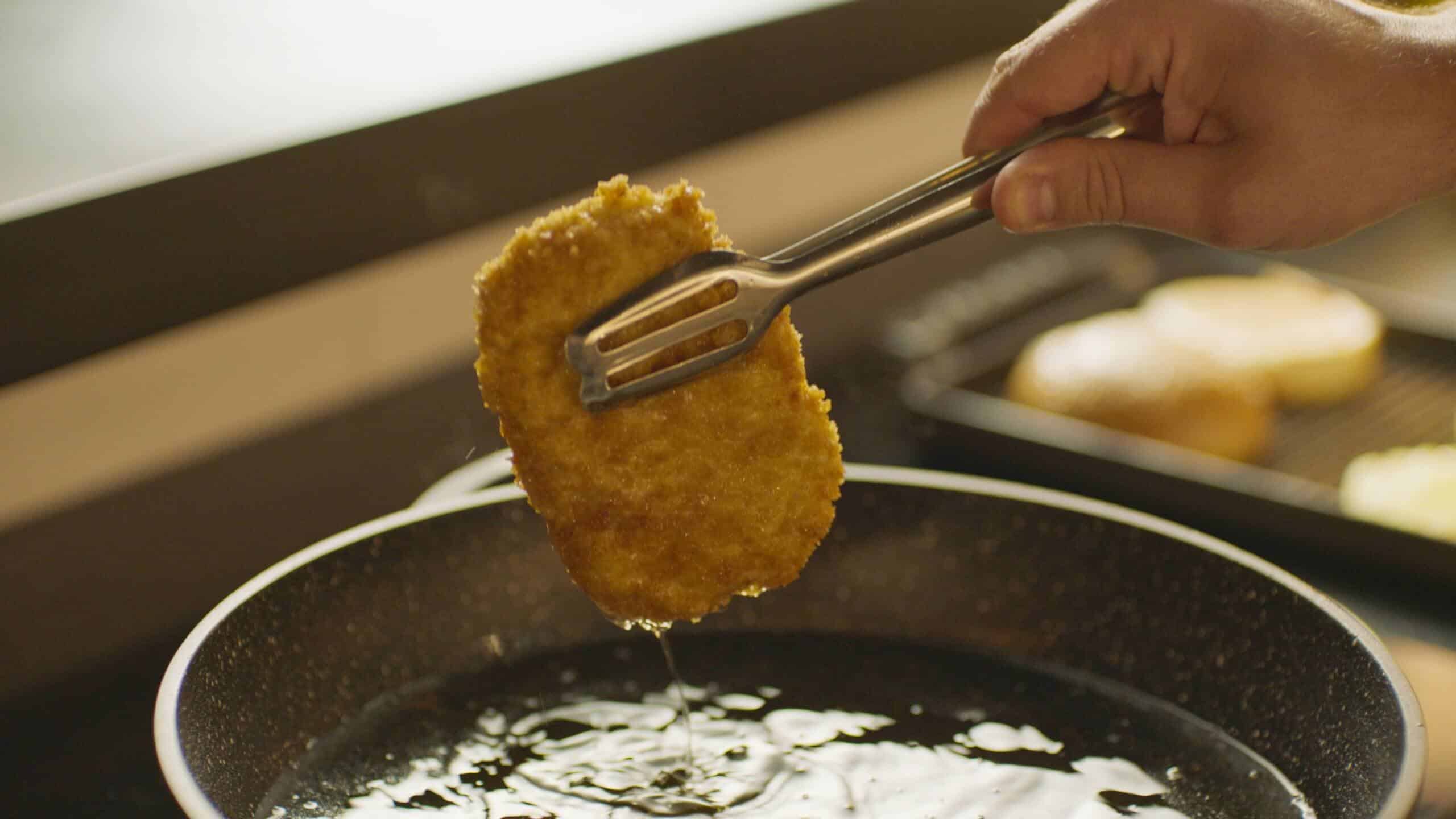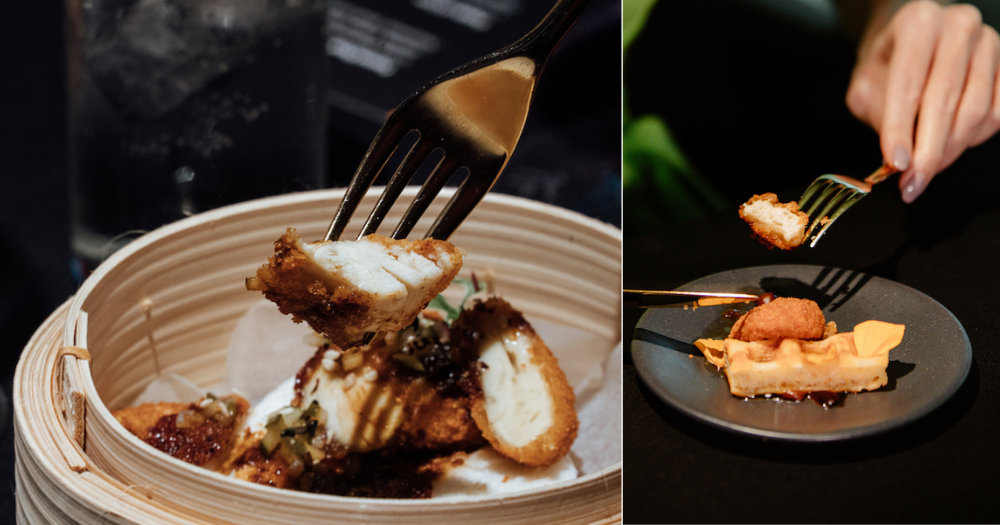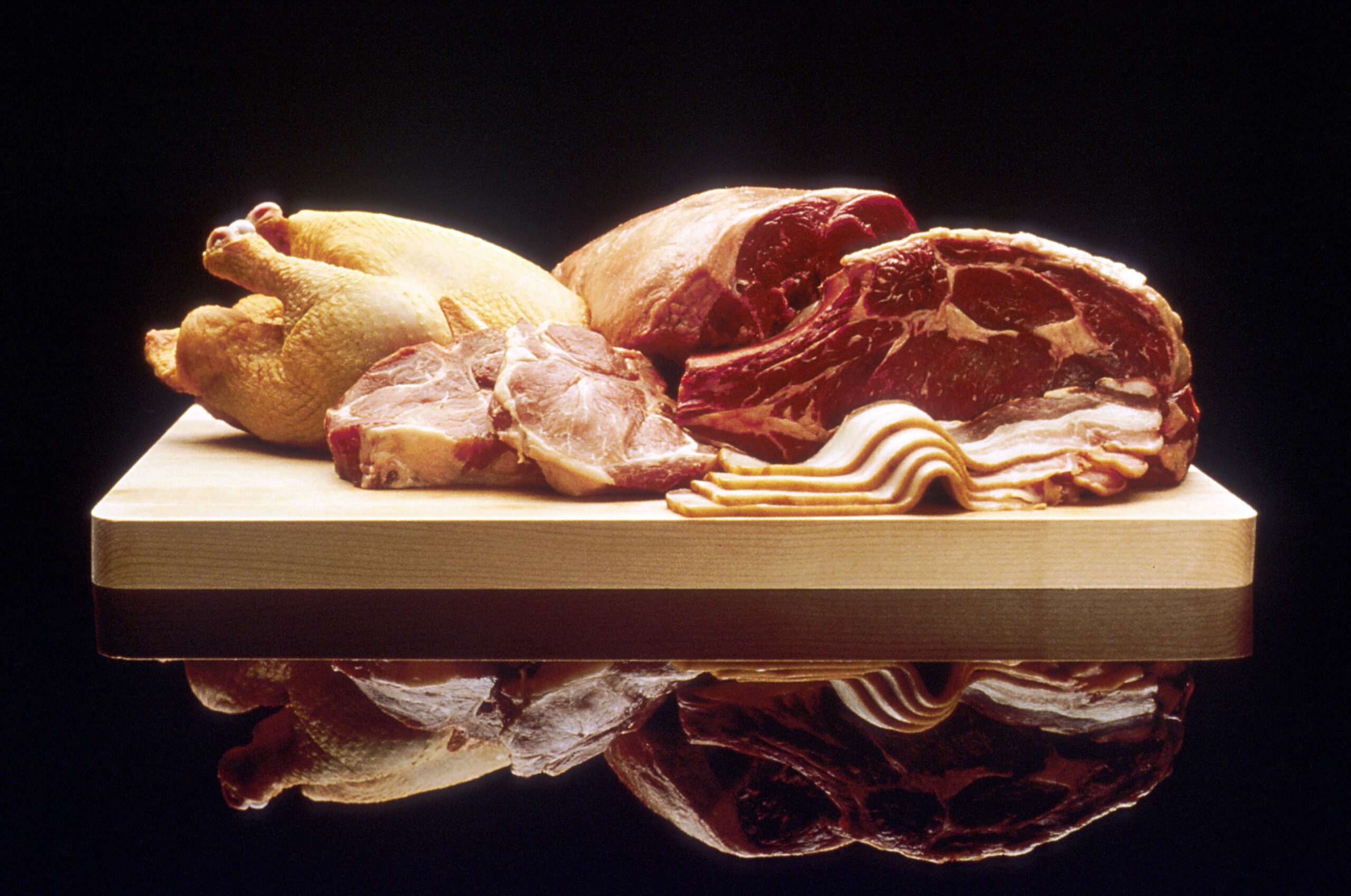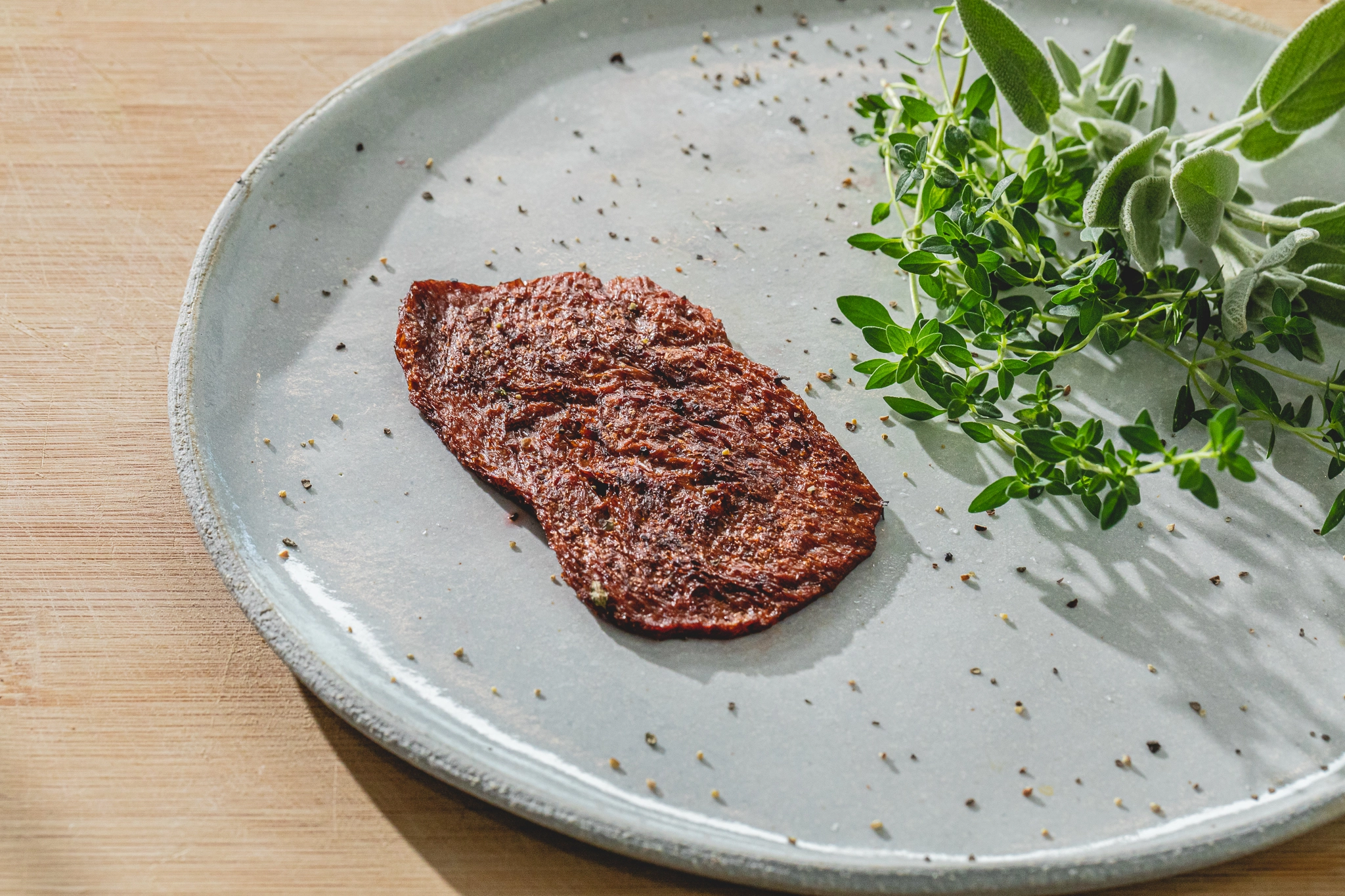ShigekiSugii123Cheryl Yeh QiWong12Angela Khin OoLwin12Lamony Jian MingChew12
1 Bioengineering Systems Division, Institute of Bioengineering and Bioimaging (IBB), A*STAR, 31 Biopolis Way #07-01, Singapore 138669
2 Current address: Cell Biology and Therapies Division, Institute of Molecular and Cell Biology (IMCB), A*STAR, 61 Biopolis Drive #07-04 Proteos, Singapore 138673
3 Cardiovascular and Metabolic Disorders Program, Duke-NUS Medical School, 8 College Road, Singapore 169857

Highlights
Cultivated fat (adipocytes) utilizes an emerging cellular agriculture technology and serves to complement muscle and connective tissue components of alternative meat by enhancing taste, aroma, tenderness, texture, and palatability.
While molecular functions and mechanisms of adipocytes have been relatively well investigated, more studies are necessary to develop expandable adipogenic stem/progenitor cell lines from meat animal species, food-grade culture conditions of mature adipocytes, and scalable protocols for constructing edible fat tissue.
Key technological advances that are necessary for successful biomanufacturing of cultivated fat include derivation of food-compatible cell lines, development of culture media for optimal growth and differentiation, 3D culture conditions using bioreactors, supporting scaffolds, and structural integration into meat.
Abstract
Cellular agriculture provides a potentially sustainable way of producing cultivated meat as an alternative protein source. In addition to muscle and connective tissue, fat is an important component of animal meat that contributes to taste, texture, tenderness, and nutritional profiles. However, while the biology of fat cells (adipocytes) is well studied, there is a lack of investigation on how adipocytes from agricultural species are isolated, produced, and incorporated as food constituents.

Recently we compiled all protocols related to the generation and analysis of adipose progenitors from bovine, porcine, chicken, other livestock, and seafood species. In this review, we summarize recent developments and present key scientific questions and challenges that need to be addressed in order to advance the biomanufacture of ‘alternative fat’.











